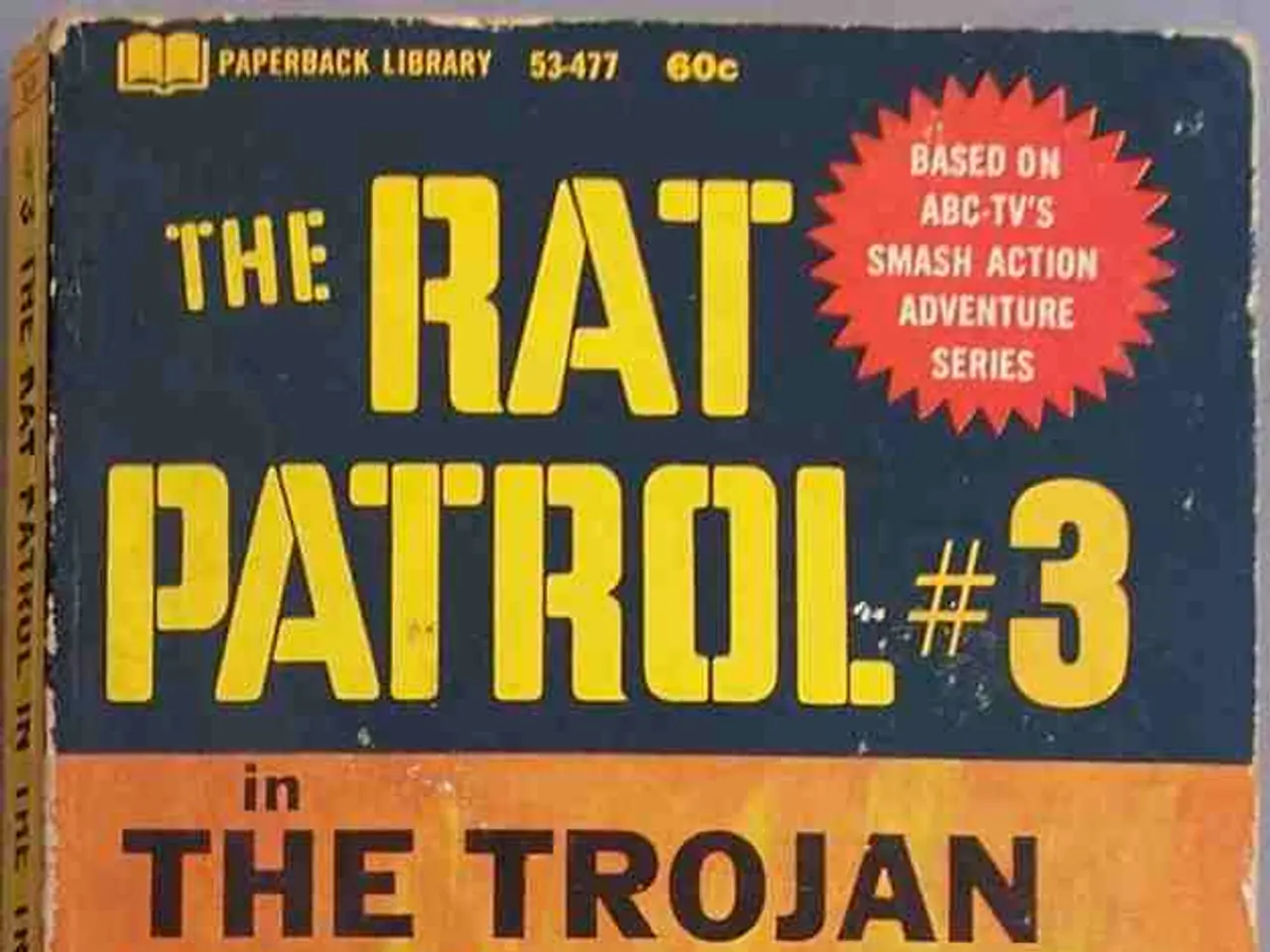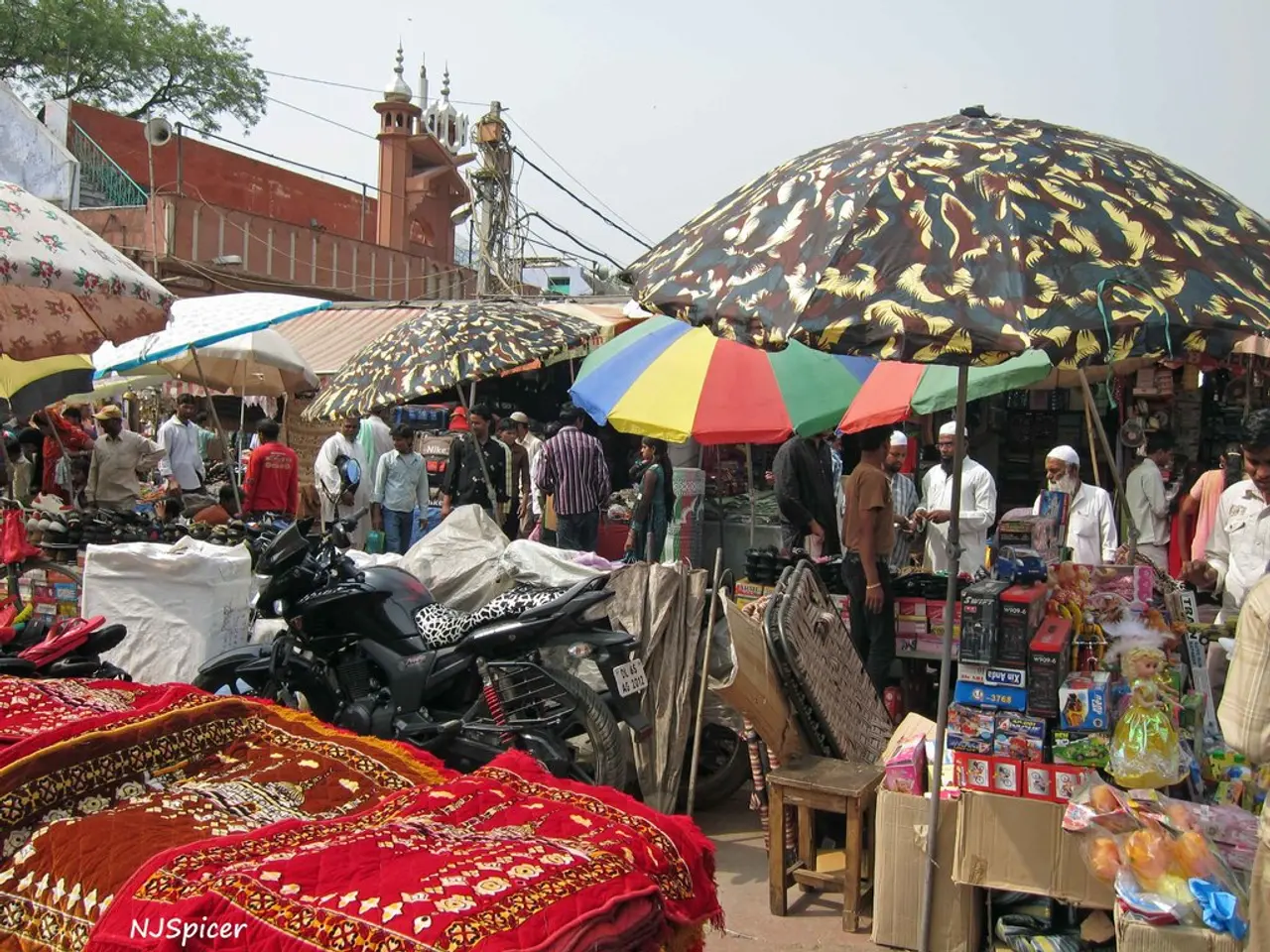Syrian military retreats from Soueda city following ceasefire, as per Defense Ministry announcement
The city of Sweida, predominantly inhabited by the Druze community, is currently under a fragile ceasefire following days of intense clashes between government forces and Druze militias [1][2][4]. The truce, which was mediated by international bodies including the United States, Turkey, and Arab countries, was announced on July 17, 2025, by Syrian state media [1][2].
Under the agreement, government forces have begun withdrawing from Sweida, with internal security responsibilities being transferred to Druze factions and religious leaders [1][2]. However, concerns remain about the durability of the ceasefire, as previous agreements have quickly broken down [1][4].
Reports suggest that despite the truce, violence continues in the region, with Druze factions allegedly launching attacks on Bedouin communities, causing tens of families to flee [2]. The situation remains unstable, and the potential for renewed conflict persists [2][4].
The integration of Sweida into the Syrian state has been a significant factor in the recent upsurge in violence. Historically, the central government in Damascus has struggled to exert its authority over the province, which remains a Druze stronghold with a strong tradition of local governance and unique religious identity [4]. The days of fighting represented not just a military confrontation, but also a challenge to Syria’s postwar political transition, threatening to unravel fragile reconciliation processes [1][2].
The Druze community has resisted centralization efforts and periodic attempts to conscript young men into the Syrian military, which contributed to the recent tensions [1]. The ceasefire agreement effectively recognizes a degree of Druze autonomy by transferring internal security responsibilities to local leaders—a compromise that signals a partial accommodation of Druze demands for self-rule, albeit under Damascus’s broader sovereignty [1][2].
The situation in Sweida remains complex, with the ceasefire offering a temporary pause but not a definitive resolution to the underlying issues of autonomy, sectarian identity, and the challenge of integrating minority regions into the Syrian state.
Key Points of the Ceasefire and Its Context:
- Ceasefire Status: Active but fragile; previous agreements have failed quickly [1][4] - Security Arrangement: Internal security transferred to Druze factions and clerics; government forces withdrawn [1][2] - Integration Challenges: Longstanding resistance to central control; renewed violence linked to integration issues [4] - External Actors: Mediation by US, Turkey, Arab countries; direct military intervention by Israel [1][2] - Risks: Ongoing intercommunal violence; risk of renewed hostilities [2][4]
- The ceasefire in Sweida, although currently active, has a fragile nature, as past agreements in the region have often broken down promptly, similar to previous general-news situations.
- The truce in Sweida, brokered by international bodies such as the United States, Turkey, and Arab countries, has resulted in the transfer of internal security responsibilities to Druze factions and religious leaders, reflecting French-style decentralization and autonomy, albeit with Syria maintaining broader sovereignty.






